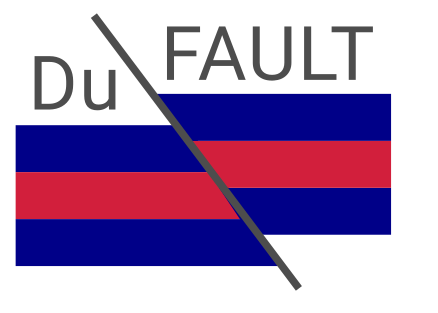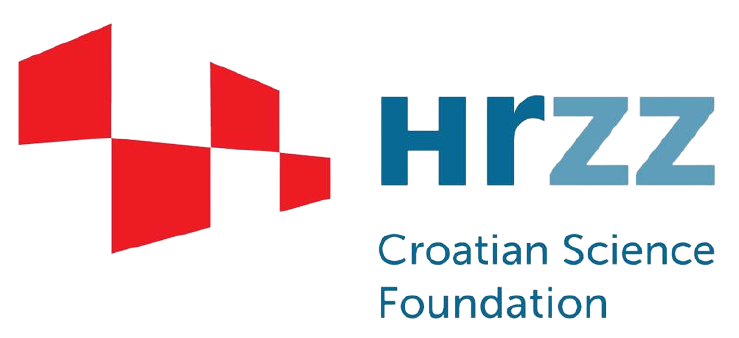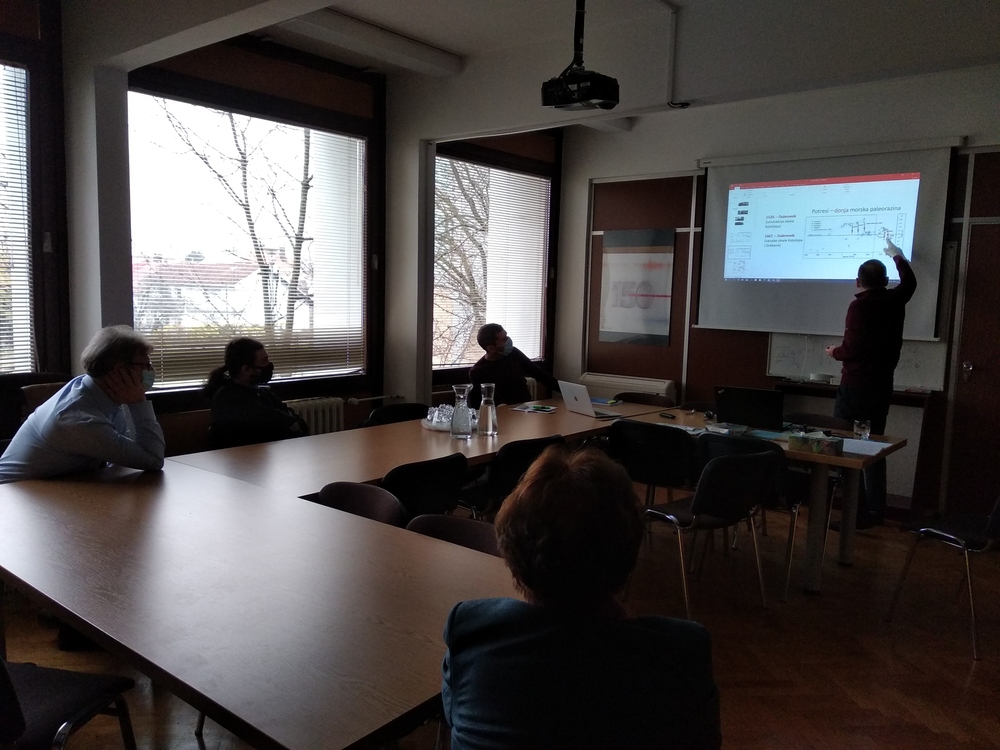The third working meeting of the DuFAULT research team was held on Monday 22 November 2021 starting at 11:30 at the Department of Geophysics – the past activities and plans for the upcoming year were discussed.
The project manager, Josip Stipčević, started the meeting with a report from the field-work. As part of two field-trips (more information can be found at the link), four seismic stations were successfully installed and put in operation, thus establishing the local seismic network Du-Net. A need for another field-work was also discussed – problems with the data transfer to the main server in Zagreb arose for the station DF01 (Ljubinje) from 18 November 2021 and for this reason it will be necessary to visit it. Data from the remaining three stations arrive regularly at the main server in Zagreb, and they are backed up at several locations.
In the last three months, three scientific papers have been published – two on the topic of the Zagreb March 2020 earthquake (Latečki, Molinari and Stipčević, 2021; Herak, Herak and Orlić, 2021) and one concerning research on the relative changes in the sea level at Koločep and Greben (Faivre et al., 2021) for which prof. Marijan Herak also gave a short presentation at the meeting. A list of published papers is available at the link.
After the successful completion of the public tender, Helena Latečki has been employed as a doctoral student within the HRZZ DuFAULT project beginning from 14 October 2021. Helena was already team member of the DuFAULT project working as an associate at the Seismological Service. At the meeting, she presented the Du-Net network collected data organisation and state, and presented preliminary results of the 1667 great Dubrovnik earthquake simulations. Afterwards, Marin Sečanj presented current (preliminary) results on the interpretation of seismic profiles and fault detection, with emphasis on the fault which will be used as input parameter for simulations.
Finally, plans for the second project year were presented. To gain new knowledge about the geological and seismotectonic characteristics of the studied area, which will enable definition of a 3D structural model of the crust, it is necessary to do some field-work and continue with the research of the available geophysical data. Newly collected seismic data will also be used for this purpose. Lastly, the plan is to conduct an analysis of seismic noise recorded at the currently operating Du-Net stations (and several which are yet to be installed in the next year) covering the study region.
The mentioned tasks were divided among the team members and the third working meeting was then concluded.




